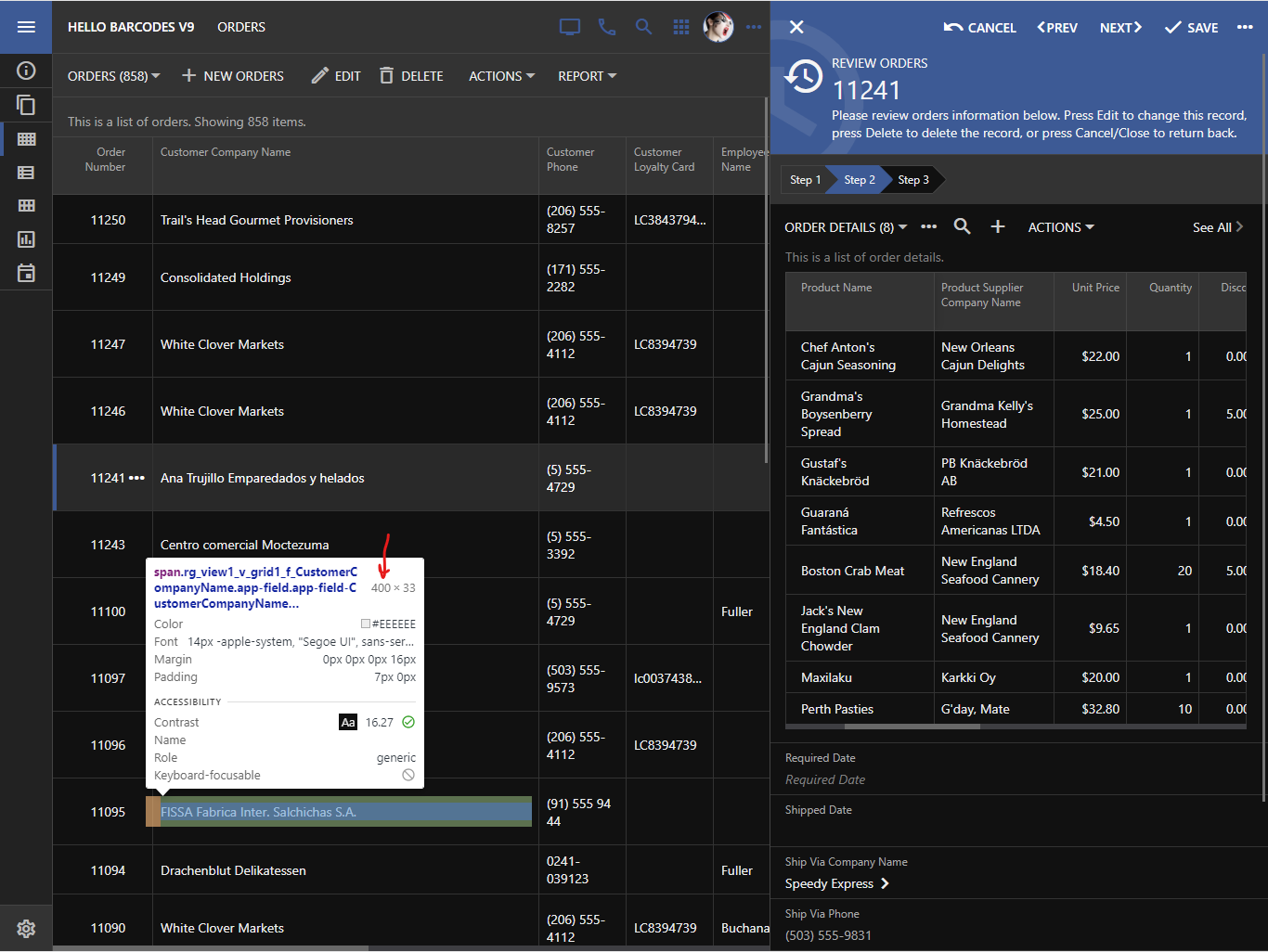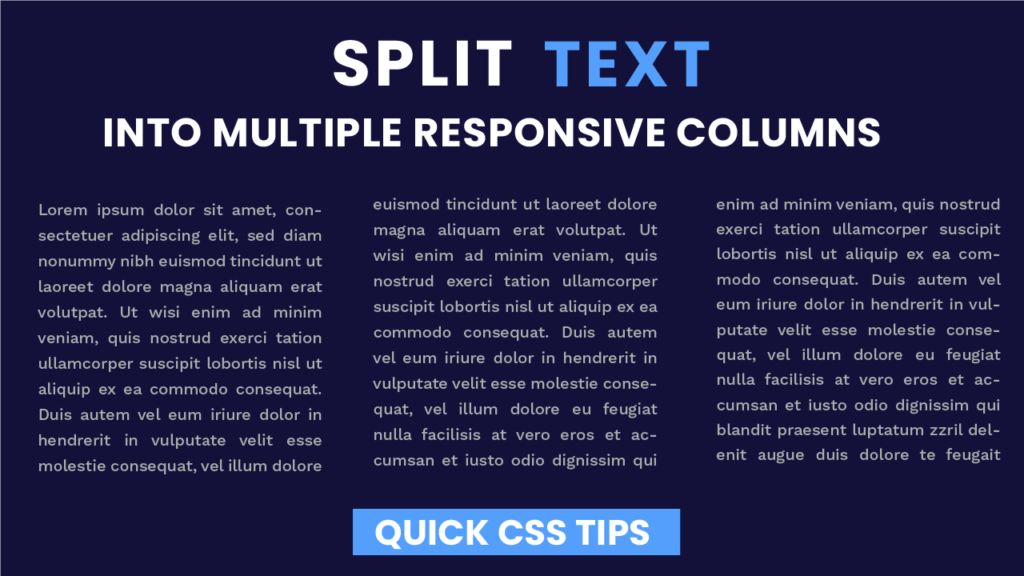

HTML CODE RESPONSIVE COLUMNS FULL
Adding the value initial-scale=1 instructs browsers to establish a 1:1 relationship between CSS pixels and device-independent pixels regardless of device orientation, and allows the page to take advantage of the full landscape width. Some browsers keep the page's width constant when rotating to landscape mode, and zoom rather than reflow to fill the screen. An example of how the page loads in a device with the viewport meta tag. An example of how the page loads in a device without the viewport meta tag. This allows the page to reflow content to match different screen sizes, whether rendered on a small mobile phone or a large desktop monitor. A device (or density) independent pixel being a representation of a single pixel, which may on a high density screen consist of many physical pixels.

Using the meta viewport value width=device-width instructs the page to match the screen's width in device-independent pixels. This means that font sizes may appear inconsistent to users, who may have to double-tap or pinch-to-zoom in order to see and interact with the content. To attempt to provide the best experience, mobile browsers render the page at a desktop screen width (usually about 980px, though this varies across devices), and then try to make the content look better by increasing font sizes and scaling the content to fit the screen.
HTML CODE RESPONSIVE COLUMNS HOW TO
A meta viewport tag gives the browser instructions on how to control the page's dimensions and scaling. Pages optimized for a variety of devices must include a meta viewport tag in the head of the document. Modern responsive design considers all of these things to optimize the experience for everyone. For example some of your visitors will be using a touchscreen. In addition, devices have different features with which we interact with them. Screen sizes are always changing, so it's important that your site can adapt to any screen size, today or in the future. In this video the design moves from a narrow to a wide viewport, responding to the available screen real estate.Ī multitude of different screen sizes exist across phones, "phablets," tablets, desktops, game consoles, TVs, and even wearables. For example, on a phone users would see content shown in a single column view a tablet might show the same content in two columns. The layout changes based on the size and capabilities of the device. Responsive web design, originally defined by Ethan Marcotte in A List Apart, responds to the needs of the users and the devices they're using. The use of mobile devices to surf the web continues to grow at an astronomical pace, and these devices are often constrained by display size and require a different approach to how content is laid out on the screen. The zoom level can be increased to 400% without requiring scrolling in more than oneĭirection.Take a look at our complete course on Responsive Web Design- Learn Design. Rather than beside each other or vice versa. Width matches the width defined via media queries, columns wrap to be positioned below, The layout regions adjust their size as the viewport is adjusted. The following medium complexity example uses HTML and CSS to create a grid layout. Examples Example 1: Example 1: Grid layout in HTML and CSS - Medium complexity The CSS Grid Layout Module Level 1 warns against re-ordering content by grid item placement as they cause an incorrect focus Use of grid layout CSS can cause a keyboard navigation disconnect by making the visual

Which may wrap to new rows as needed in much the same way as words in a paragraph


 0 kommentar(er)
0 kommentar(er)
